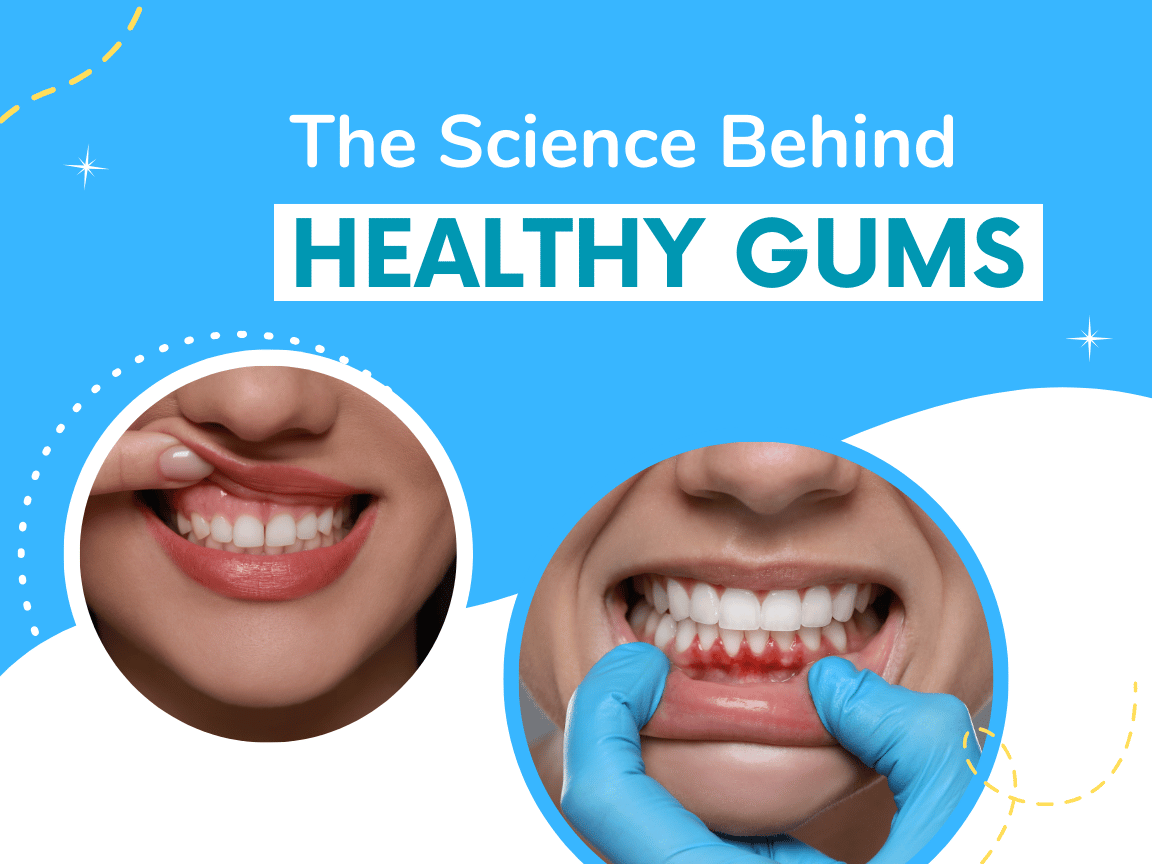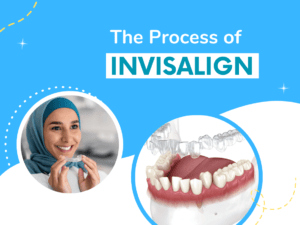Healthy gums do not bleed. If your gums are bleeding, it may be a sign of gingivitis, which is an inflammation of the gums caused by bacteria present in plaque and tartar deposits on the teeth. Even with regular oral hygiene at home, these bacteria can accumulate below the gum line and cause inflammation and bleeding. To effectively remove bacteria from the tooth surface, a dental hygienist uses specialized instruments designed for this purpose.
If left untreated, gingivitis can progress to a more severe form of gum disease called periodontitis. This serious infection can cause damage to the gums and the bone that supports the teeth, potentially leading to tooth loss. Symptoms of periodontitis can include red, swollen gums, receding gums, loose teeth, and bad breath. In some cases, the infection may be deep below the surface and may not have many visible symptoms.
Periodontitis can also increase the risk of serious health problems such as heart disease if left untreated. The good news is that with proper treatment, the effects of periodontitis can be stopped and, to some extent, reversed. Dental hygienists are specially trained to care for your gums and will tailor treatment to your individual needs. Regular hygiene visits can help control most forms of gum disease, but in some cases, additional medications or procedures may be necessary. As gum recession and bone loss can be difficult to reverse, it is essential to prevent the progression of periodontitis.



